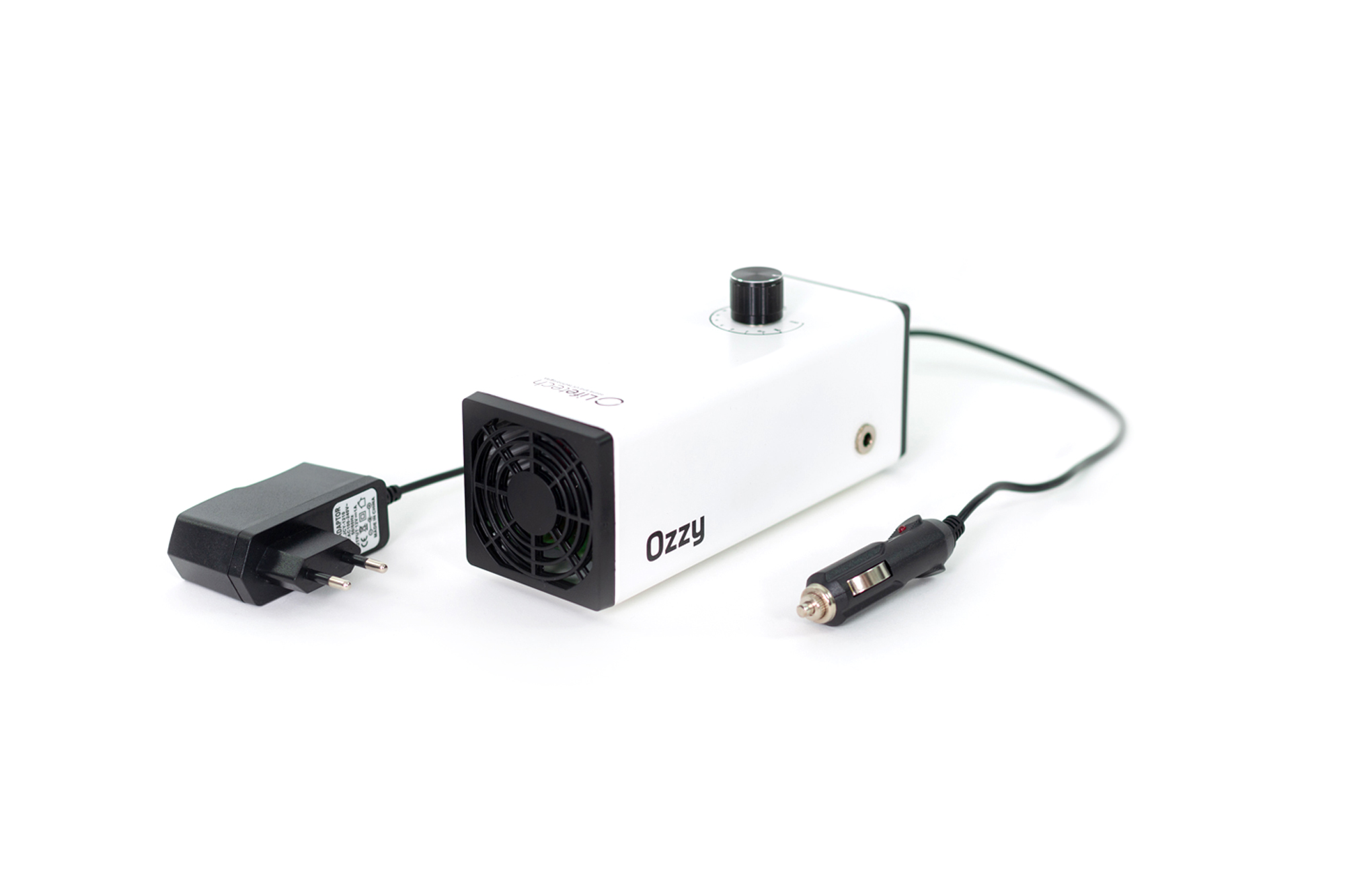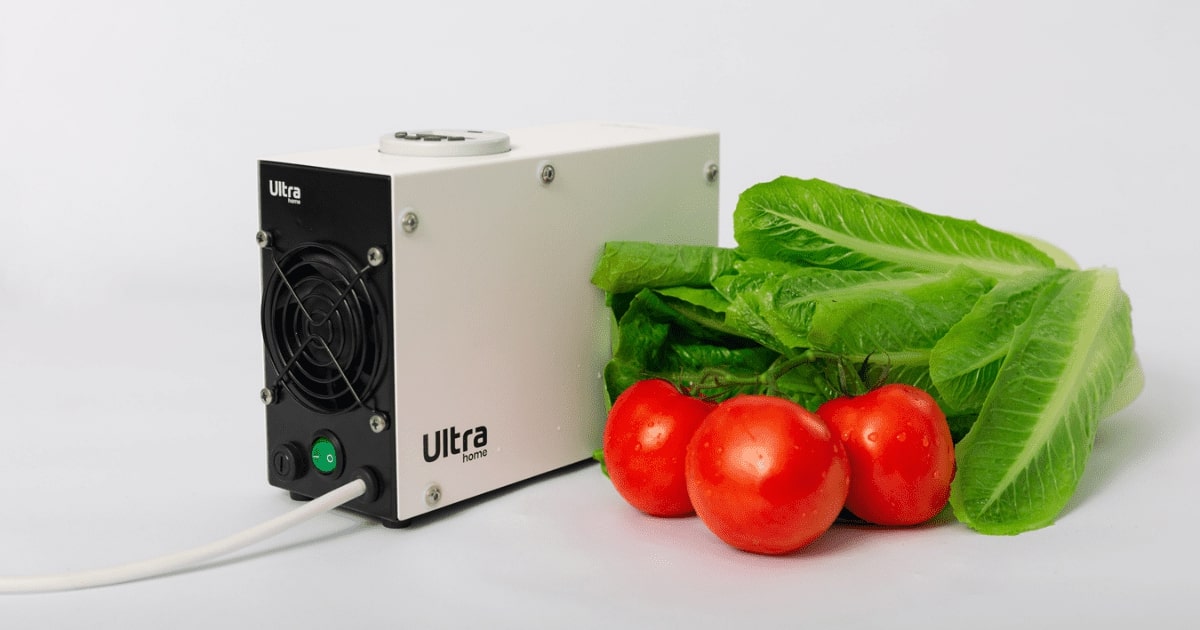Disinfection with ozone is currently the most effective method for cleaning air, surfaces, and surfaces inside enclosed spaces. It reliably eliminates bacteria, mold, and viruses, including the coronavirus SARS-CoV-2, which causes the feared covid-19 disease. However, is cleaning with ozone really safe?
The use of ozone for cleaning has gained attention for its purported effectiveness in disinfection and air purification. However, concerns have surfaced regarding its safety and potential health risks. This article aims to delve into the essential aspects surrounding ozone cleaning, exploring its safety, possible health risks posed by ozone generators, the efficiency of ozone in air purification, its disinfection capabilities, and the necessary waiting period after ozone treatment. Understanding the complexities of these factors is crucial in evaluating the safety and risks associated with ozone-based cleaning methods.
.jpg)
Ozone Is a Natural Disinfectant.
Ozone, or active oxygen (O3), is created by the action of electric discharges or UV radiation on oxygen molecules (O2) and is commonly found in nature. It is therefore a completely natural disinfectant. That is why it is harmless to living organisms and there is no need to fear it. However, the rule of "moderation" applies here as well.
At the high concentration used for ozone disinfection, it is toxic and harmful to health. That is why it is necessary not to stay in the cleaned room during ozone treatment and to remove animals and plants from it as well.
When the ozone generator has done its job and disinfected the entire space, it will alert you with a sound signal. However, do not enter the room for at least 1-2 hours and wait until the ozone decomposes back into oxygen (O2). Only then can you enter and properly ventilate. Afterwards, there is no health risk and you can enjoy healthier and fragrant air without pollutants.
Tip: Find out what an ozone generator is, what its advantages are, and how it works.

Disinfects Not Only the Air but Also Surfaces
If you are wondering if you have to remove all objects from the room before cleaning with ozone, you do not have to. On the contrary. Ozone will thoroughly and precisely disinfect everything in its path, including furniture, textiles, and things you have left in it.
Tip: How to easily clean your car from odor? Read our article on how to clean not only your air conditioning.
Thanks to its gaseous state, it also reaches inaccessible and permeable places and reliably gets rid of harmful microorganisms (viruses, bacteria, mold) and allergens or odors from animals, smoke, etc. It is therefore more than suitable for allergy sufferers and asthmatics.
However, be careful with some materials. As ozone is a strong oxidizing agent, it can damage surfaces prone to corrosion at higher concentrations, or accelerate the degradation of plastics and rubber products. Remove such items from the room, as well as items of higher or artistic value. Alternatively, cover them safely.
Ozone Cleaning Is Used in Healthcare and Food Industry
Due to its excellent effects and reliability, ozone cleaning is widely used in many areas, including healthcare and food industry. In hospitals, for example, surgical instruments are disinfected with it, and in clinics and waiting rooms, it effectively eliminates viruses and bacteria.
Ozone has also found its use in the food industry, where it is used for so-called food ozonation. Not only does it clean, sterilize, rid of toxic substances and remove unpleasant odors, but it also protects them from mold, microorganisms and intrusive insects, significantly prolonging their shelf life.

Ozone Generator vs. the Environment
When it comes to ozone, everyone automatically thinks of the scarecrow called the ozone hole. It is therefore understandable that you are interested in how an ozone generator, or ozone disinfection, affects the environment. The good news is that you have nothing to worry about.
Given that ozone quickly breaks down into atmospheric oxygen (O2) after cleaning and does not contain any chemicals, it is a fully ecological and harmless method for humans and nature - which is its great advantage.
Cleaning with ozone is safe and gentle for both the environment and human health. However, it is important to remember that too much of anything is never a good thing. If you follow all the rules and instructions in the manual, you don't have to worry. On the contrary, an ozone air purifier will serve you perfectly and provide a much healthier environment. Just choose the best one for you.
Sources
- HUDSON, James B.; SHARMA, Manju; VIMALANATHAN, Selvarani. Development of a practical method for using ozone gas as a virus decontaminating agent. Ozone: science & engineering, 2009, 31.3: 216-223.
- ARLIAN, Larry G.; PLATTS-MILLS, Thomas AE. The biology of dust mites and the remediation of mite allergens in allergic disease. Journal of Allergy and Clinical Immunology, 2001, 107.3: S406-S413.
- NOGALES, Carlos Goes, et al. Ozone therapy in medicine and dentistry. J Contemp Dent Pract, 2008, 9.4: 75-84.
- GONÇALVES, Alex Augusto. Ozone as a safe and environmentally friendly tool for the seafood industry. Journal of aquatic food product technology, 2016, 25.2: 210-229
- PUMNUAN, Jarongsak; INSUNG, Ammorn; WANGAPAI, Teerapong. The Use of Ozone for Controlling European House Dust Mite, Dermatophagoides pteronyssinus (Trouessart). CURRENT APPLIED SCIENCE AND TECHNOLOGY, 2020, 420-428.
